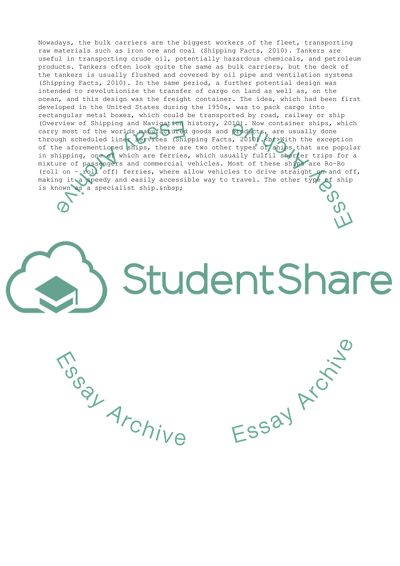Cite this document
(“Technologies in Shipping and Port Management Essay”, n.d.)
Retrieved from https://studentshare.org/management/1564453-logistics-dissertation-editing-work
Retrieved from https://studentshare.org/management/1564453-logistics-dissertation-editing-work
(Technologies in Shipping and Port Management Essay)
https://studentshare.org/management/1564453-logistics-dissertation-editing-work.
https://studentshare.org/management/1564453-logistics-dissertation-editing-work.
“Technologies in Shipping and Port Management Essay”, n.d. https://studentshare.org/management/1564453-logistics-dissertation-editing-work.


